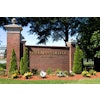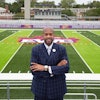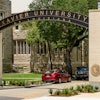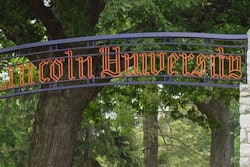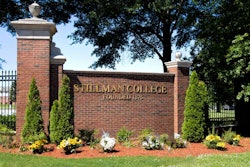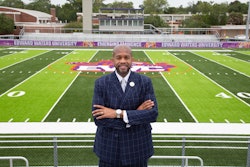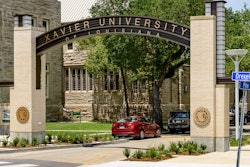By Julianne Malveaux
Thousands of college students have been affected by Hurricane Katrina.
Students who attended Dillard University, Xavier University of Louisiana and Southern University in New Orleans have scattered because their campuses will not open this semester. To be sure, students at Tulane and other area colleges have also been forced to make alternative educational arrangements this semester. But I am especially concerned with students who attended historically Black colleges and universities — institutions that had already weathered so many other challenges in the past.
It has been heartening to see how Black America has responded to these students. The United Negro College Fund and the National Association for Equal Opportunity in Higher Education have been working to coordinate the response to students and faculty at HBCUs. Tiny Bennett College has four students who are hurricane survivors. (Economist Mtangulizi Sanyika, who taught at Dillard until Katrina destroyed the campus, defines “evacuees” as “internally displaced people”). Howard University has absorbed more than 150 students. And the Tom Joyner Foundation has offered $1,000 to displaced HBCU students. Thanks to the generous response from people across America, many HBCU students will not have to disrupt their education even as they piece their lives back together.
Although Katrina has revealed an amazing generosity, it has also revealed both our nation’s structural weaknesses and the weaknesses that exist in Black America. Katrina put a face on poverty, but its survivors are not the only ones who are poor. Indeed, there are 3 million more poor people now than there were when George W. Bush became president of the United States. One million more people joined the ranks of the poor just this year. Black New Orleanians experience disproportionate poverty. While 15 percent of Whites in New Orleans lacked personal automobiles, a full 35 percent of African-Americans did not have cars or the means to leave the city.
Conspiracy theorists wonder whether the flooding of New Orleans was part of “the plan” to transform the Big Easy from a working-class city that knew how to have a good time to a play land for the wealthy. Mayor Ray Nagin is asking why there was a 25-foot hole at the bottom of one of the levees, a hole that must have been partly responsible for flooding the impoverished and mostly Black Ninth Ward. But the proof will not be in the theories, but in the way the rebuilding process evolves. Will it be inclusive? Will African-American planners and builders have a major role in the rebuilding? Or will Whites have a disproportionate amount of power in the process? Already the mayor has spoken of a “Rebuild New Orleans” committee that will consist of eight White and eight African-American members. But if New Orleans is two-thirds Black, why do Whites get a disproportionate share of the representation on this committee?
White folks are already lining up to “study” what is happening in New Orleans, which prompts one to wonder where are the Black think tanks? Of course, we have just a scant few — the Joint Center for Political and Economic Studies in Washington, D.C., being the only national Black think tank. For years, African-American academics and intellectuals have spoken about ways to facilitate more collaboration among us, perhaps developing more think tanks or even a “virtual” think tank. Now we are learning how cheap talk is, as our underdeveloped ability to collaborate may have implications for the ways we will be able to understand Hurricane Katrina and her aftermath.

